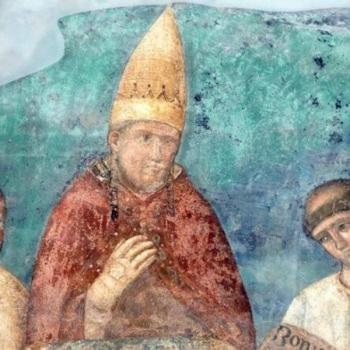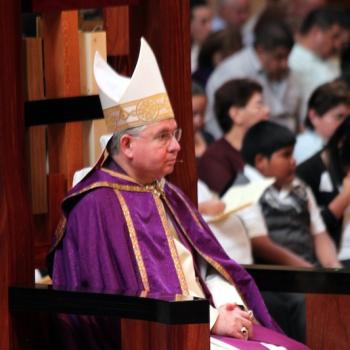[Homily for the Third Sunday of Lent, Year A. The Gospel reading is the Samaritan Woman at the Well]
This Gospel passage narrates a great encounter where a woman comes to faith in Jesus Christ. At first she wants nothing to do with Jesus, pushing him aside by reminding him Jews should not have any contact with Samaritans. You can almost hear her tone of voice, “get away, don’t bother me, you shouldn’t even be talking to me.”
The Samaritan woman answers Jesus’ question about her husband in the way we often answer questions from people we don’t know well. We say half-truths just to get the person away from us.
It seems the woman says she does not have a husband to get rid of Jesus, but after his reply, she begins to open her heart to him. She stops pushing him away and begins to believe: she recognizes Jesus as a prophet because he knew about her past.
Jesus then reveals to her that he is the Messiah but she still has doubts, she asks, “Can this be the Christ?” At the end however, she believes, saying “he is indeed the Savior of the world.” She is so moved she tells her whole town about the encounter.
The woman comes to faith by realizing that Jesus the Messiah can truly quench her thirst with living water that satisfies forever. She realizes Jesus can feed her with eternal life.
Two weeks ago I spoke of the Eucharist as a sacrifice (see Obedience and Eucharist); today I speak of it as the meal where Jesus gives us living waters, where he feeds us with eternal life and where we come to know him.
We speak of the Mass as a sacrifice because it makes present before our eyes the one sacrifice of Jesus Christ on the cross two thousand years ago. The Eucharist reveals in time and space the one sacrifice of Jesus Christ.
Yet, the Eucharist is also a meal where we gather and eat the body and blood of Christ. It is where we have an encounter with Jesus the same way the Samaritan woman had. We come to receive the living waters of salvation and grace; we come to be eternally satisfied. At Mass we receive what Jesus promises the Samaritan woman and are called to conversion and belief by what we receive. We are spiritually satisfied by Christ himself.
Pope John Paul II reminds us in the document Remain With Us Lord that, “there is no doubt that the most evident dimension of the Eucharist is that it is a meal. The Eucharist was born… in the setting of the Passover meal. Being a meal is part of its very structure, “Take, eat… Then he took a cup and… gave it to them, saying: Drink from it all of you. [The Mass] expresses the fellowship which God wishes to establish with us.”
This rite, the Eucharist, which Jesus began at the Last Supper, has the framework of a meal, and is the primary way by which Jesus continues to feed us spiritually with himself. We come to Mass to be satisfied so we may not thirst again. Here Jesus offers us eternal life.
Jesus tells the Samaritan woman “The hour is coming, and is now here, when true worshipers will worship the Father in Spirit and truth; and indeed the Father seeks such people to worship him. God is Spirit, and those who worship him must worship in Spirit and truth.”
Precisely this is what we do at Mass Sunday after Sunday. We gather as a Church throughout the world to worship God in Spirit and Truth.
The Eucharist is both sacrifice and meal where we worship God in Spirit and Truth and
where we are fed Jesus Christ himself, who gives us eternal life.
I will close with a beautiful prayer by Saint Thomas Aquinas the Sacrum Convivium which captures in just a few words today’s message, that the Mass is both meal and sacrifice:
O Sacred banquet, in which Christ is received, the memory of His Passion is renewed, the mind is filled with grace, and the pledge of future glory is given to us. You have given us bread from heaven, having all sweetness within it. Amen.












